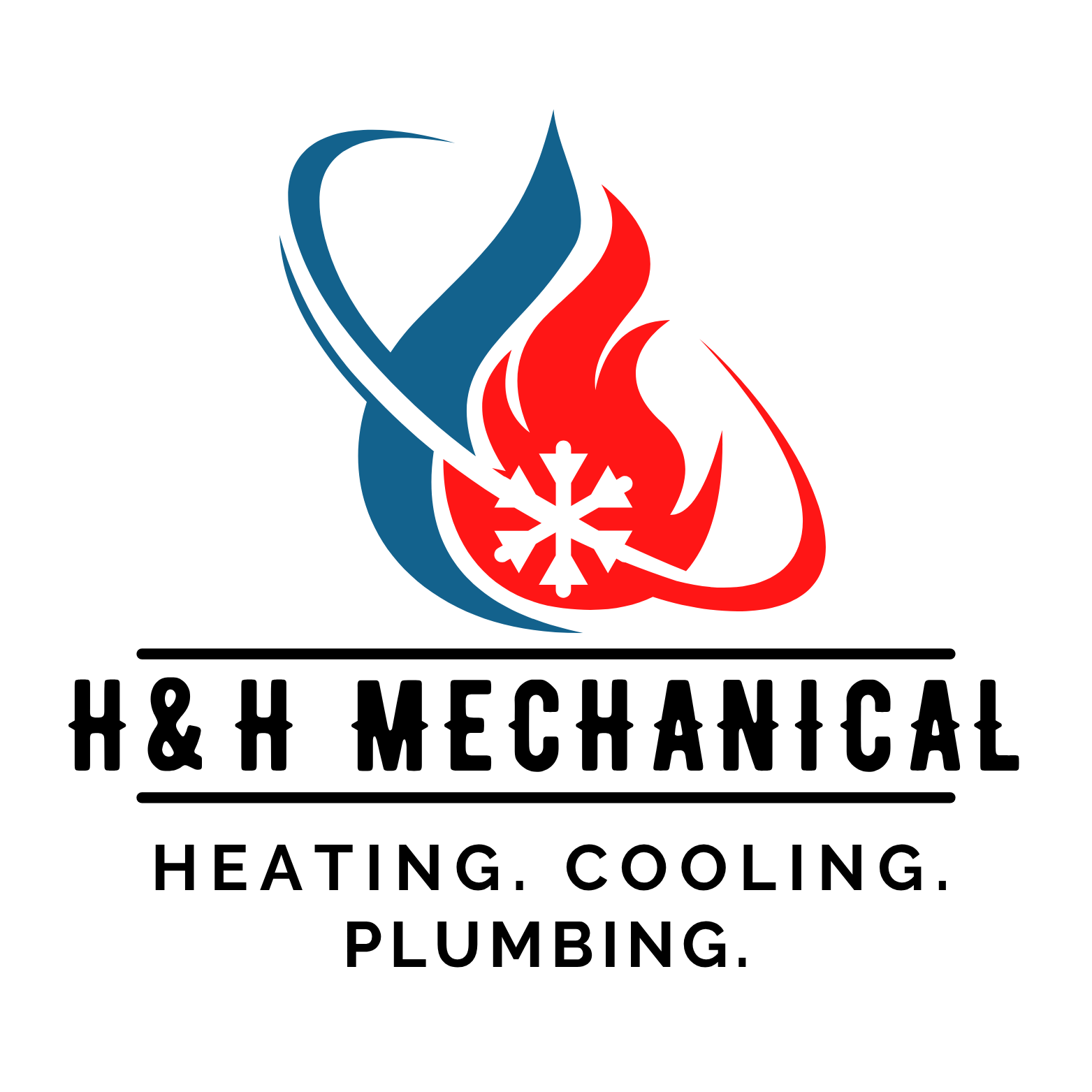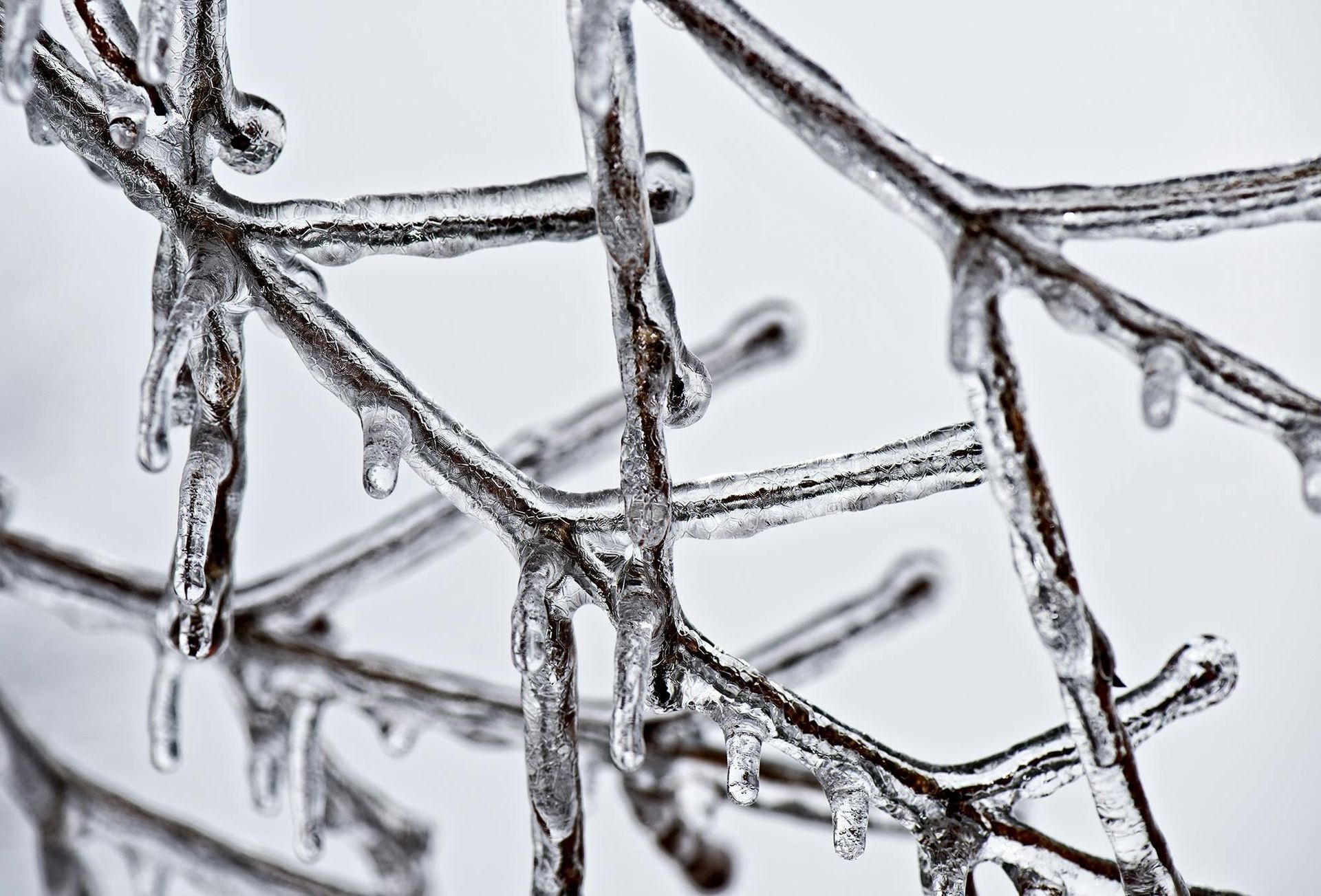HVAC Condensate: Where does it go?
H & H Mechanical provides services such as installation, maintenance and repair for HVAC systems; including close attention to condensate water lines. These lines are essential in catching, transporting and removing the water produced by an HVAC unit during its operation, which if not properly installed or maintained, can cause equipment failures and even structural damage to buildings.
Proper design and installation are crucial factors in ensuring optimal performance of condensate water lines. Factors like slope, positioning, insulation, and routing must be taken into account during the installation process to prevent line blockage and water damage. Additionally, regular maintenance should be conducted to ensure water flow occurs properly with no obstructions.







